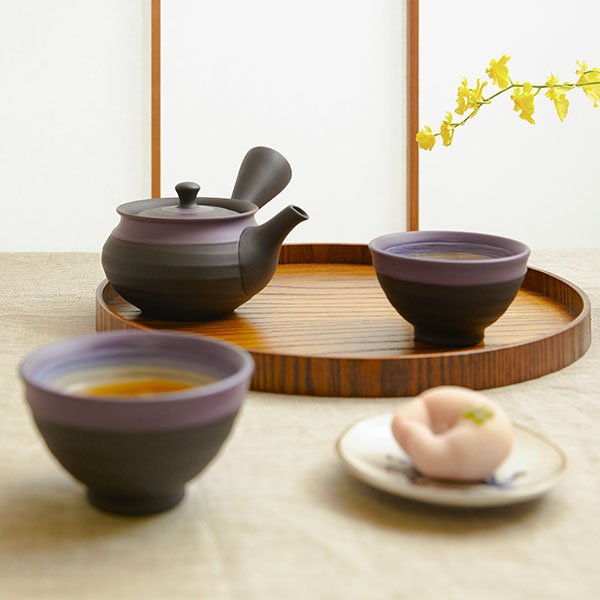4 Old Tokyo Neighborhoods you Have to Discover
by Alicia Joy | TRAVEL
Despite Tokyo’s fervent pursuit of modernity and innovation, not to mention its penchant for novelty, you’ll still find pockets of Old Edo scattered here and there throughout the city. Discover Old Tokyo and explore the rich cultural history of a city that very much still treasures the charms of a bygone era.
1. Golden Gai
Nestled between the neon lights of Kabukicho and the skyscrapers of Shinjuku lies Golden Gai. This network of tiny bars never reaches more than two stories, and while it occupies an entire block of prime Shinjuku real estate, attempts to redevelop the area have been strongly resisted.
Golden Gai was once the site of a black market during the Post-War Era, a red light district of brothels before that, and is a rare piece of Tokyo’s history that has managed to survive through the years. The narrow pedestrian lanes come alive at night, when the dim lighting and antique shopfronts give visitors a glimpse of Old Tokyo.
How to Get to Golden Gai
Name in Japanese: ゴールデン街 (Gōruden Gai)
Address: 1 Kabukicho, Shinjuku, Tokyo (see on Google Maps)
Open: Hours vary. More details here.
Transport: Minutes from Shinjuku station, multiple lines including Yamanote, Marunouchi and Oedo lines.
2. Kawagoe
This charming neighborhood northwest of Tokyo has been nicknamed Little Edo (Koedo). Kawagoe has been carefully preserving the culture and history of that feudal era for centuries. The historic Kurazukuri Street is responsible for a good deal of Kawagoe’s antique charms. There, antique clay-walled storehouses have been repurposed into shops and restaurants that transport visitors back to Old Japan.
Rising above them is the Toki no Kane, or Bell of Time. This bell tower was established in the early 1600s and rebuilt in its current form in 1894, preserving the unique shape and style of the original tower. The Toki no Kane rings at 6:00 am, noon, 3:00 pm and 6:00 pm each day.
How to get to Kawagoe Station
Name in Japanese: 川越駅 (Kawagoe Eki)
Address: 39 Wakitahoncho, Kawagoe-shi, Saitama-ken (see on Google Maps)
Open: 6:00 am to midnight. More details about Kawagoe here.
Transport: 30 minutes from Ikebukuro station via express train on the Tobu Tojo line
3. Kosoan
You’ll feel as thought you’ve stepped right into Old Tokyo at Kosoan, a traditional Japanese teahouse complete with tatami floors, low wooden tables and a menu that hasn’t changed much in over fifty years. This structure was once a private residence belonging to a novelist and Natsume Soseki’s grandson, Soseki, a respected writer himself.
The house and courtyard garden have been well-preserved. Patrons can enjoy authentic Japanese matcha tea and wagashi (Japanese tea-time sweets) while looking out into the old garden. Surrounded by vintage furniture and antiques, it’s no wonder those who visit feel as if they’ve stepped back in time.
How to get to Kosoan
Name in Japanese: 古桑庵 (Kosoan)
Address: 1-24-23 Jiyugaoka, Meguro-ku, Tokyo (see on Google Maps)
Open: 11:00am to 6:30pm, closed Wednesdays. More details here.
Transport: 5-minute walk from Jiyugaoka station on the Tokyu-Toyoko and Tokyu-Oimachi lines
4. Asakusa
© So005 / Pixabay
Asakusa is one of Tokyo’s most historic neighborhoods and home to a large number of old temples, shrines and a long-established reputation for traditional Japanese crafts. Due its charming old time atmosphere, it’s also become a popular place for visitors to don rented kimono and hit the town.
Nakamise-dori leads the way to Senso-ji, a Buddhist temple established in 645 and touted as Tokyo’s oldest temple. Nakamise-dori is a lively shopping street selling souvenirs, trinkets and snacks for visitors on their way to visit the temple. These tiny shops give the street a festive shitamachi atmosphere. At night, the store shutters are closed, revealing a long mural painted in the old ukiyo-e (woodblock painting) style.
Intrigued? Delighted? Questions? We would love to hear your thoughts in the comments below!
How to get to Senso-ji
Name in Japanese: 浅草寺 (Sensō-ji)
Address: 2-3-1 Asakusa, Taito, Tokyo (see on Google Maps)
Open: 6:30am to 6:00pm. More details here (in Japanese, but scroll down for the map!).
Transport: 5-minute walk from Asakusa station on the Asakusa and Ginza lines













ART | February 5, 2022